People have tried to categorize the different types of science fiction books for a long time. But the thing is, this genre tends to defy categorization.
By its very nature, sci-fi pushes the boundaries of literature. It breaks the “rules.” It travels beyond mainstream fiction, ushering the reader into new and exciting realms.
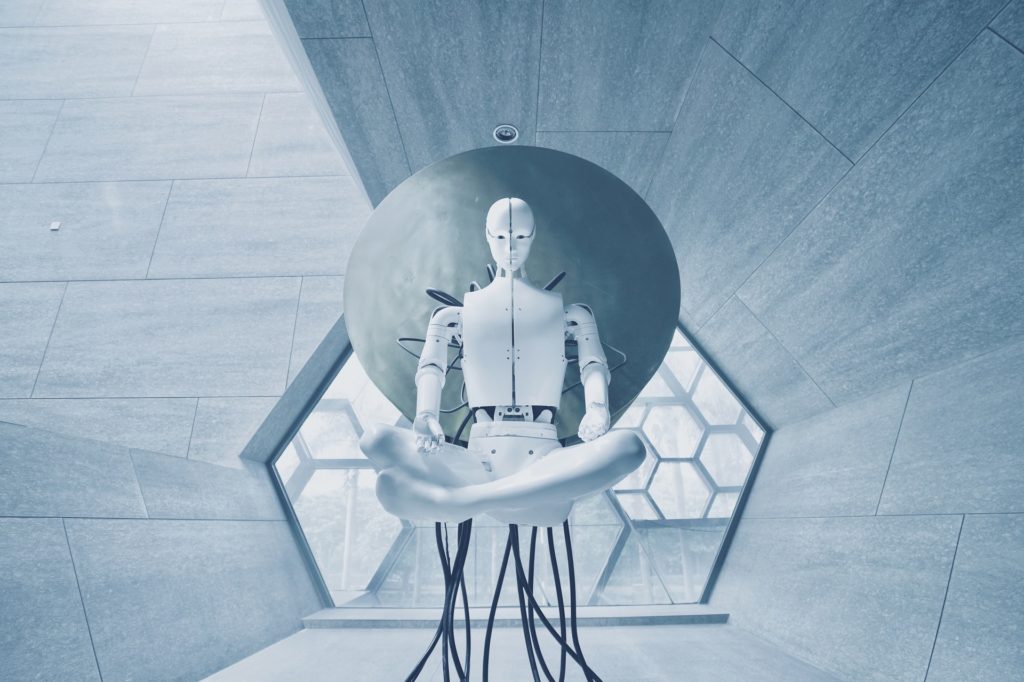
Even so, a little classification can be useful. It helps us zero in on the types of science fiction book subgenres we enjoy the most, so we can explore similar works. It helps us understand the big, bold world of sci-fi, while aiding our future exploration.
To that end, I’ve created a guide to the different types of sci-fi books, stories and subgenres.
Types of Science Fiction Book Subgenres
This is not meant to be an authoritative guide or classification of science fiction subgenres. Readers, writers and critics constantly debate the definition of science fiction, along with its different subgenres. This is just one writer’s view of the sci-fi literary landscape, and how it might be broken down into subcategories.
1. Alien Invasion
This science fiction subgenre is just what it sounds like. Aliens invade Earth. The alien invasion subgenre goes way back. For as long as humans have understood the cosmos, they’ve speculated about what might be out there — and whether or not it’s friendly.
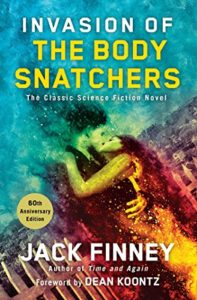
One of the most famous works of “alien invasion” sci-fi is The War of the Words, the 1897 novel by H.G. Wells. Fun fact: In 1938, Orson Welles turned the H.G. Wells novel into a radio play, which terrified some listeners who thought it was an actual alien invasion.
The best of these stories go beyond the invasion itself, by exploring humanity’s reaction to it. We’ve seen how the world reacts to a germ-based threat like COVID. Could you imagine what would happen if aliens invaded? These authors did exactly that…
Example books: The 5th Wave, by Rick Yancey. Childhood’s End, by Arthur C. Clarke. Footfall, by Larry Niven. Invasion of the Body Snatchers, by Jack Finney. Lagoon, by Nnedi Okorafor. The Puppet Masters, by Robert Heinlein. Out of the Dark, by David Weber. The War of the Worlds, by H.G. Wells.
2. Alternate Worlds / Parallel Universe / Multiverse
Science fiction authors often explore the concept of parallel or alternate worlds. This sci-fi subgenre goes by many different names — parallel dimension, alternate universe, alternate reality, multiverse, etc.
But the overall concept is the same. The characters discover some kind of self-contained plane of existence that co-exists with their own. Complications ensue.
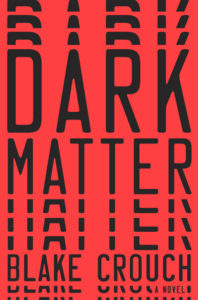
According to an article on Space.com:
“Sci-fi loves parallel universes. But could we really be in one? Parallel universes are no longer just a feature of a good sci-fi story. There are now some scientific theories that support the idea of parallel universes beyond our own. However, the multiverse theory remains one of the most controversial theories in science.”
You can see why sci-fi writers enjoy this concept. The parallel universe subgenre of science fiction gives writers a blank slate, creatively speaking. It allows them to cast their imagination far and wide, to explore unknown paths and storylines. And many authors have done exactly that, including those listed below.
Example books: Dark Matter, by Blake Crouch. The First Fifteen Lives of Harry August, by Claire North. A Thousand Pieces of You, by Claudia Gray. Unholy Land, by Lavie Tidhar. Version Control, by Dexter Palmer.
(Honorable mention: Though they’re more fantasy than science fiction, the Golden Compass books by Philip Pullman do an excellent job turning parallel worlds into gripping fiction. I recommend them to anyone who enjoys speculative fiction novels.)
3. Androids, Robots, and Artificial Intelligence (AI)
Science fiction stories often involve androids, robots, and artificial intelligence (AI). More importantly, they also show how humans interact with these artificial entities.
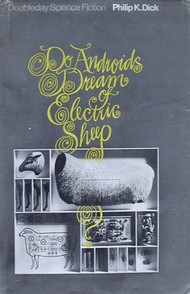
In case you’re wondering: Androids are machines made to look and act like humans (like Bishop from the Aliens movie). Robots, on the other hand, look like machines. Artificial intelligence is a computer system that can perform tasks that would normally require human intelligence.
There’s no shortage of novels that fall within this sci-fi subgenre. Authors from the so-called Golden Age of Science Fiction often employed robots and androids within their stories.
This subgenre is still going strong today, as shown by movies like Westworld and Ex Machina, and the novels featured below.
Example books: Cinder, by Marissa Meyer. Do Androids Dream of Electric Sheep?, by by Philip K. Dick. He, She and It, by Marge Piercy. The Infinity Courts, by Akemi Dawn Bowman. I, Robot, by Isac Asimov. The Mall, by Brandon Cornett. The Murderbot Diaries, by Martha Wells. Robopocalypse, by Daniel H. Wilson. R.U.R., by Karel Čapek. Speak, by Louisa Hall.
4. Apocalyptic and Post-Apocalypse
The world as we know is falling apart (apocalyptic). Or it already has fallen apart, and we’re living in the aftermath (post-apocalyptic). These sci-fi subcategories thrill readers by speculating on what the world might be like if society collapsed.
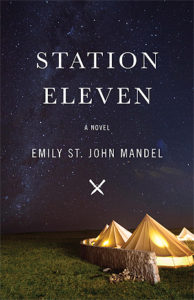
Doomsday scenarios have appeared in science fiction for decades, and they seem to be enjoying a resurgence in popularity. Do an Amazon search for “post-apocalyptic” novels, and you’ll see what I mean.
I’ve written about post-apocalyptic fiction elsewhere on this blog. I also produce these types of works. My sci-fi horror novel The Mall features a robot apocalypse scenario, and my YA thriller The Holdbacks delivers a civilization-ending disease outbreak.
Sometimes, apocalyptic fiction falls under the broader genre of science fiction. Thus it becomes a subgenre of sci-fi. Other times, these stories are less “sciency” and stand alone in their own genre. Whether they’re considered science fiction or not depends on the story’s premise and plot.
Example books: The Day of the Triffids, by John Wyndham. Edge of Collapse, by Kyla Stone. The Girl with All the Gifts, by M. R. Carey. Oryx and Crake, by Margaret Atwood. The Road, by Cormac McCarthy. Station Eleven, by Emily St. John Mandel.
5. Cyberpunk
Cyberpunk is another popular subcategory of science fiction books. These stories often take place in a futuristic, dystopian setting. They paint a stark contrast between “high tech and low life.” That is, they reveal worlds with futuristic technology juxtaposed with societal collapse or decay.
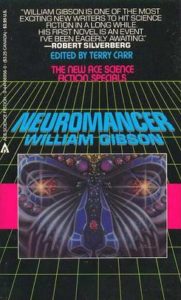
As a subgenre of sci-fi, cyberpunk books sometimes overlap with other categories on this list. For instance, you might have a cyberpunk novel that features artificial intelligence.
According to the Encyclopedia Britannica:
“The word cyberpunk was coined by writer Bruce Bethke, who wrote a story with that title in 1982. He derived the term from the words cybernetics, the science of replacing human functions with computerized ones, and punk, the cacophonous music and nihilistic sensibility that developed in the youth culture during the 1970s and ’80s.”
Example books: Altered Carbon, by Richard K. Morgan. Neuromancer, by William Gibson. Snow Crash, by Neal Stephenson. Synners, by Pat Cadigan. Trouble and Her Friends, by Melissa Scott.
6. Dystopian
Dystopian novels can be a subgenre of sci-fi, or they can fall under mainstream fiction. Again, it depends on the story’s theme and premise.
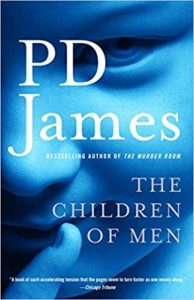
- Dys comes from the Latin for “unfavorable or bad.”
- Topia comes from the Greek for “place.”
Put them together and you have an unfavorable or bad place — and that’s exactly what dystopian novels deliver. They portray a world you would’t want to live in.
These stories often take place in the future and feature controlled societies where ordinary citizens have limited freedom. There’s usually some kind of power-hungry ruler or oligarchy that oppresses individuals.
This sci-fi subgenre exploded in popularity during the 2010s, thanks in large part to The Hunger Games trilogy of books. Suddenly, millions of readers wanted to see stories where brave individuals rise up to defy their harsh rulers.
Example books: Brave New World, by Aldous Huxley. The Children of Men, by P.D. James. Divergent, by Veronica Roth. The Hunger Games, by Suzanne Collins. Jennifer Government, by Max Barry. Nineteen Eighty-Four, by George Orwell. Red Rising, by Pierce Brown.
7. Military Science Fiction
Soldiers and weapons. Space travel. Aliens. Epic battles. These are common ingredients of military sci-fi novels, a popular subgenre of science fiction.
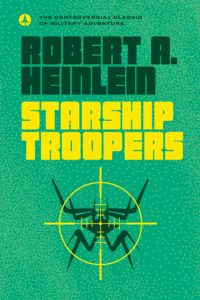
When done well, these books give readers the best of two genres. We get the danger and excitement of military fiction, along with the otherworldly settings and futuristic themes of science fiction — often with thrilling results.
This is a very popular subgenre of sci-fi. A search for “military science fiction books” on Amazon yielded more than 60,000 results. The book covers often feature lone soldiers wearing futuristic armor, along with military spacecraft engaged in battle.
Military sci-fi books sometimes overlap with other science fiction subgenres, such as alien invasion. The War of the Worlds is a good example of this.
Example books: A Confederation of Valor, by Tanya Huff. Dauntless, by Jack Campbell. Off Armageddon Reef, by David Weber. Old Man’s War, by John Scalzi. Starship Troopers, by Robert A. Heinlein. Trading in Danger, by Elizabeth Moon.
8. Space Opera
Moving on to one of the most popular types of science fiction, we have space opera.
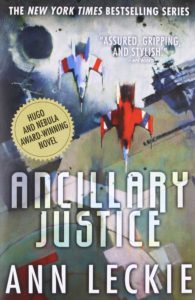
This sci-fi subgenre usually involves futuristic and/or otherworldly space warfare. Extraterrestrial beings often make an appearance in space opera novels. You might think of them as “outer-space adventures.”
Space opera stories are often epic in scope. That is, they span across the far reaches of space and take place over long periods of time. They often feature elaborate histories, world-building, alliances and enemies, political systems and the like.
Example books: Ancillary Justice, by Ann Leckie. Dune, by Frank Herbert. Hyperion, by Dan Simmons. Leviathan Wakes, by James S.A. Corey. The Long Way to a Small, Angry Planet, by Becky Chambers. Revelation Space, by Alastair Reynolds.
9. Sci-Fi Horror
Ah, sci-fi horror. My literary love. My muse. My reason for getting out of bed in the morning.
(Okay, that last one went hyperbolic. But I truly love this subgenre.)
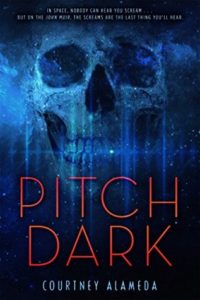
Science fiction horror delivers the thrills and chills of the horror genre, along with the big ideas of science fiction.
I like to think of as a kind of intersection. You start off driving down sci-fi avenue. It’s familiar. You’ve been there before. You recognize the terrain, the landscape. So you’re cruising along thinking, this is a nice little science fiction story.
But then you come to a shadowy cross street where something horrifying emerges. You slam on the breaks, heart racing, and think: What the hell just happened?
Welcome to the intersection. Welcome to sci-fi horror.
Example books: The Burning Dark, by Adam Christopher. Frankenstein, by Mary Shelley. The Last Astronaut, by David Wellington. Pitch Dark, by Courtney Alameda. Salvation Day, by Kali Wallace.
Related article: 13 of the best sci-fi horror books
10. Steampunk
Steampunk reimagines the past while speculating about possible futures. It’s sort of a cyberpunk genre set in the age of steam power — hence the name.
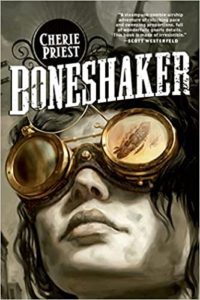
The Oxford Languages dictionary defines steampunk as “a genre of science fiction that has a historical setting and typically features steam-powered machinery rather than advanced technology.”
Steampunk novels often take place in the 19th century, with settings like Victorian-era England or the American “Wild West” of the 1800s.
And yes, corsets and googles are all the rage in these stories.
Example books: Boneshaker, by Cherie Priest. Infernal Devices, by K.W Jeter. Mortal Engines, by Philip Reeve. Perdido Street Station, by China Miéville. The Time Machine, by H.G. Wells.
So there you have them, ten types of science fiction book subgenres for your reading pleasure. If there’s a particular book you enjoyed that deserves to be on this list, just drop a comment below!
